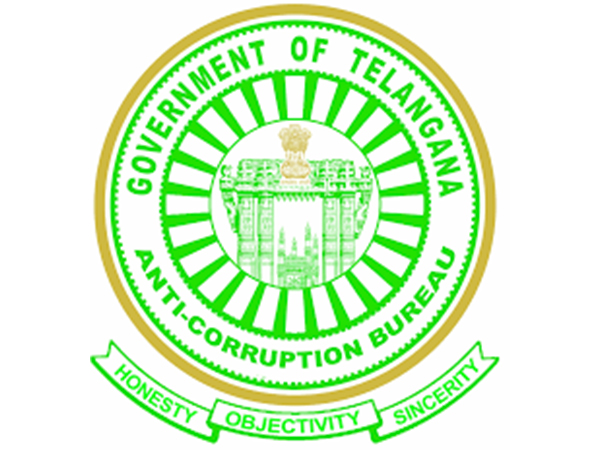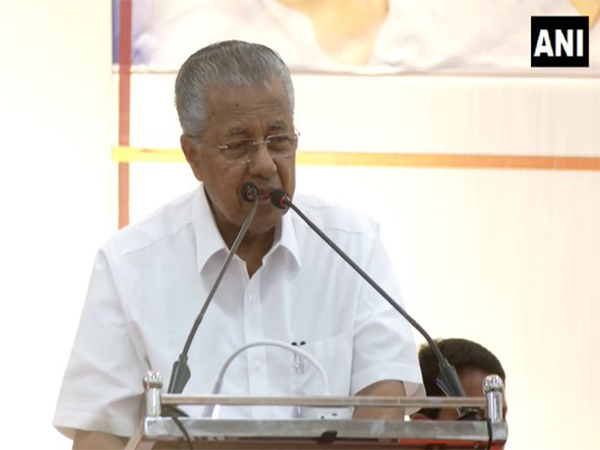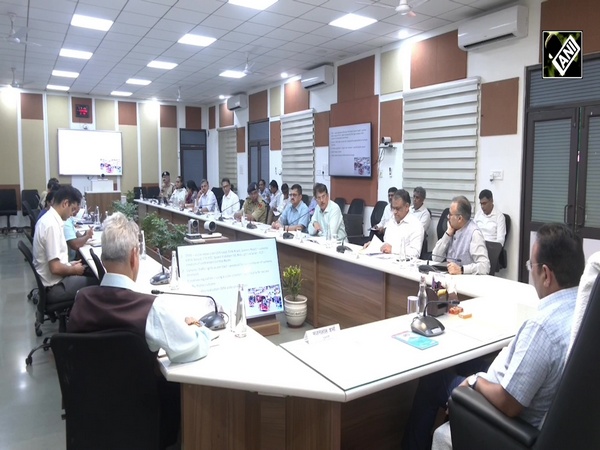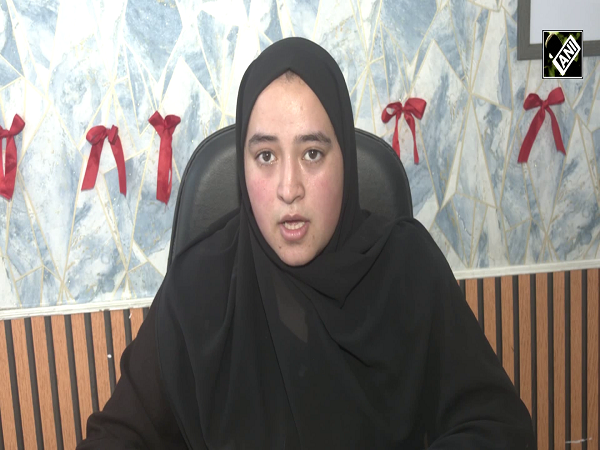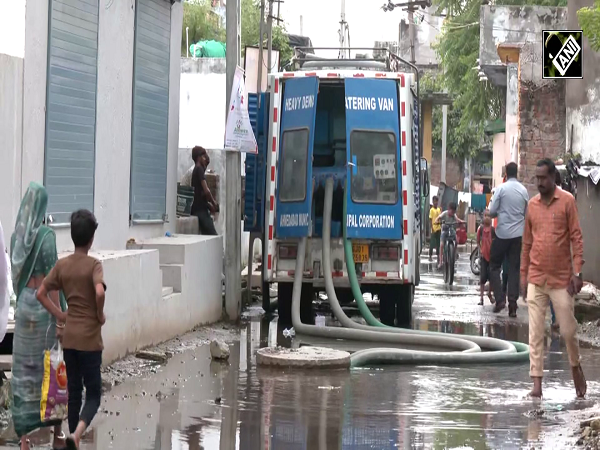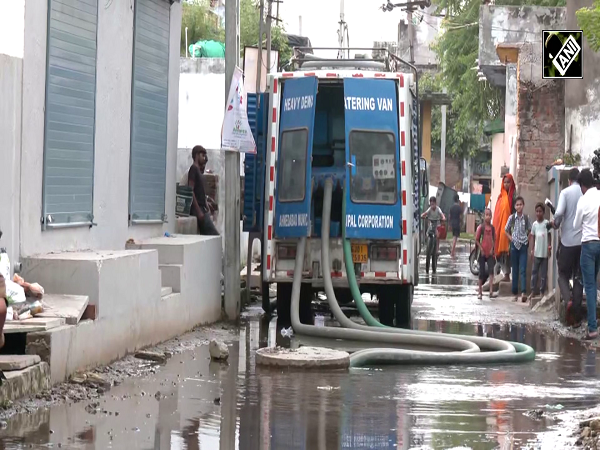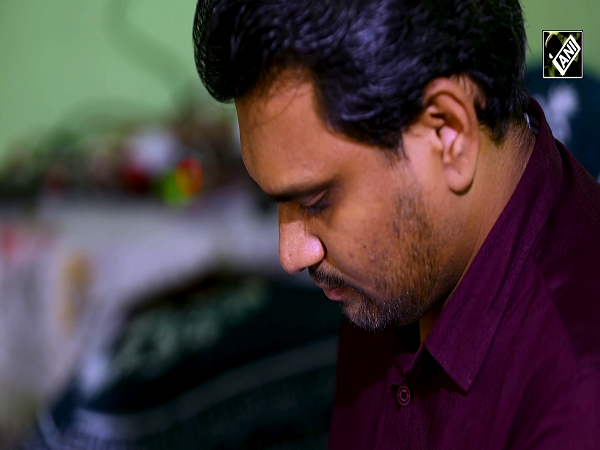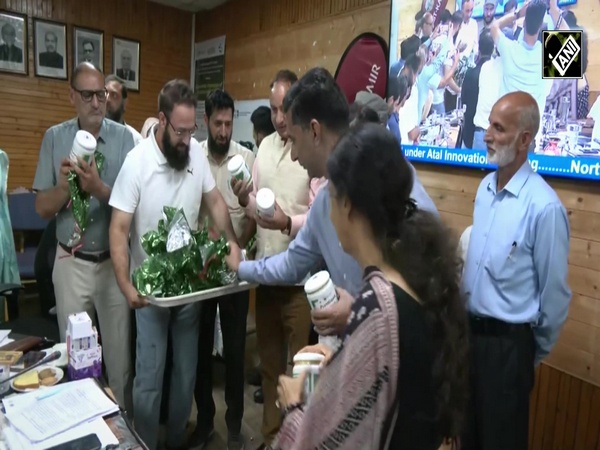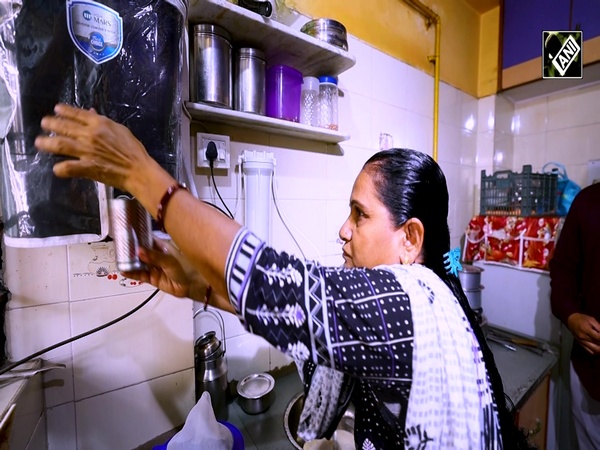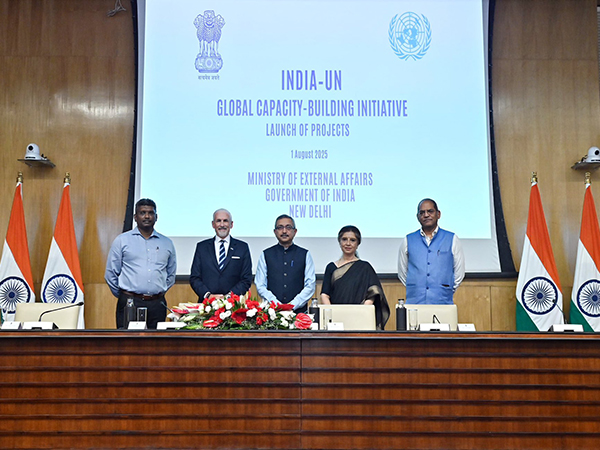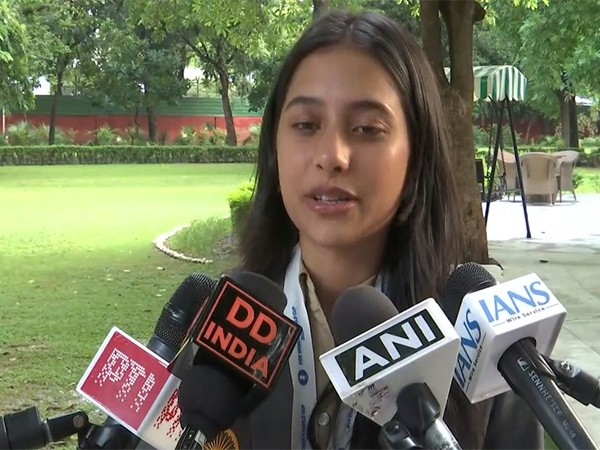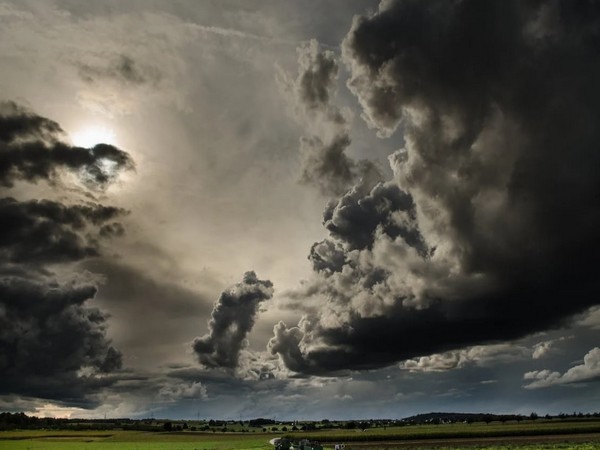
Rajasthan sees wettest July in 69 years with 285 mm rainfall
Aug 01, 2025
Rajasthan [India], August 1 : Rajasthan has experienced its wettest July in nearly seven decades, with cumulative rainfall of 285 mm recorded across the state, according to the Meteorological Centre in Jaipur.
This marks a 77% surplus compared to the state's long-period average (LPA) of 161.4 mm for the month.
The last time Rajasthan saw such heavy July rainfall was in 1956, when the state recorded 308 mm, the highest ever for that month. This year's rainfall comes close to breaking that 69-year-old record.
As per the India Meteorological Department (IMD), Jaipur is currently experiencing 25.2°C temperature with 95% humidity and southwesterly winds blowing at 5.6 km/h.
The IMD has issued multiple alerts as heavy to very heavy rains continue to lash several regions of the state. Very heavy rainfall alerts are there for Bikaner, Churu, Jhunjhunu, Nagaur, Jaipur, Dausa, and Sikar, whereas there are heavy rainfall alerts for Jodhpur, Pali, Ajmer, Bhilwara, Sri Ganganagar, Hanumangarh, Alwar, Bharatpur, Dholpur, Karauli, Sawai Madhopur, Tonk, Bundi, and Kota.
Eareir, the Ana Sagar lake in Rajasthan's Ajmer overflowed on July 19 morning, following incessant rain, which caused waterlogging. Due to this, the road connecting Bajrang Garh to the market was closed. The locals used sandbags in an attempt to stop the flow of water.
Municipal Corporation Chief Engineer Vinod Manohar stated that the cause of waterlogging is due to lake water entering through escape channels, which have been opened by nearly 30 inches.
Following continuous heavy rainfall that led to waterlogging in several parts of Ajmer city, rainwater entered the government-run Jawaharlal Nehru Hospital on July 19.
Earlier, Ajmer Municipal Corporation Health Officer Prithviraj Singh urged the public to remain at home and avoid areas with waterlogging.
Prithviraj Singh said, "Today's red alert has been announced by the weather department. All the common people are asked to remain in their homes. Where there is excessive water, the general public is aware of all the affected areas; therefore, they should avoid going out there and pay special attention to those places."







